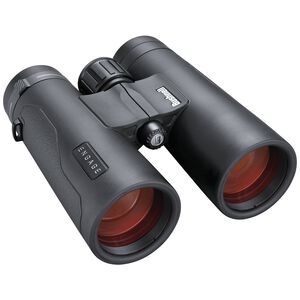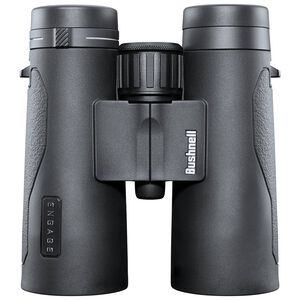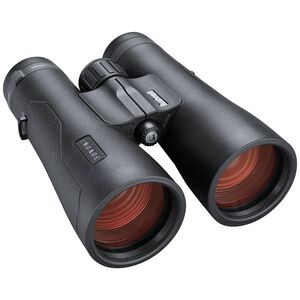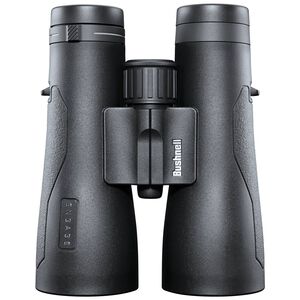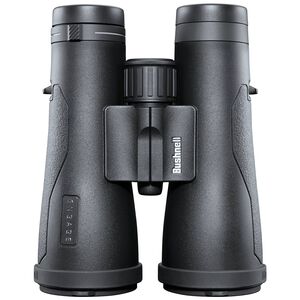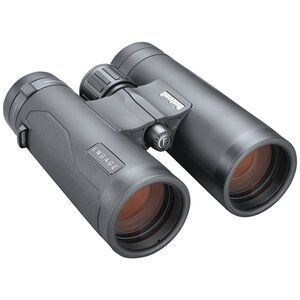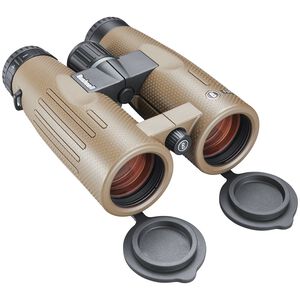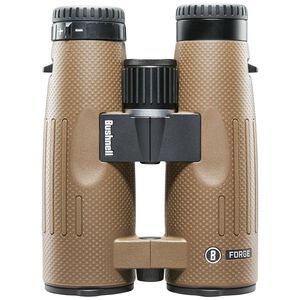Glass surfaces can be coated for many purposes. Just consider your car windows. More likely than not, your windows have a coating to repel water, reduce glare, reduce transmission of light and heat into the car’s interior. Likewise, AR (anti-reflective) coated lenses are common on optics such as rifle scopes, laser rangefinders, binoculars, and spotting scopes. Regardless of the optical device, they are applied to, lens coatings perform the same purposes and are cared for using the same eyeglass cleaners.
Before getting into the specifics of the different roles fulfilled by lens coatings, it is important to define some technical terms. Lenses may be coated on one or both surfaces. Moreover, lens coatings may be applied in a single layer or in multiple layers. Some technical terms you may see used include:
●Coated:One surface of one lens has one layer of lens coating.
●Fully coated: Both surfaces of all lenses have at least one layer of lens coating.
●Multi-coated: At least one surface of one lens has multiple layers of lens coating and all other lens surfaces have at least one layer of lens coating.
●Fully Multi-Coated: All surfaces of all lenses have multiple layers of lens coating.
With this background, let’s dive into the roles of coated lenses.
AR Coated Lenses Improve the Image Visible Through Optics
If you look at glass in direct sunlight, you will see your reflection but not much else. The reason for this is that both the outer surface and the inner surface of the glass reflect at least a portion of the light. Scientifically speaking, this occurs because the density of glass is greater than the density of air, so some of the light waves are reflected. You can think of this as analogous to waves of water striking a pier. Some of the waves strike the pilings and are reflected while the rest of the waves pass unimpeded between the pilings. Similar to the waves of water striking a pier, some light waves striking glass are reflected and other light waves pass through.
AR coatings such as our Ultrawide Bandcoating reduces and oftentimes eliminates unwanted lens flaring while also increasing light transmission making the image brighter. These AR coatings are particularly important for high-magnification optics because powerful lenses reflect a greater percentage of light than less powerful lenses. You might have experienced this if you wear, or know someone who wears, glasses with strong prescription lenses.
The dim image produced by lenses without AR coating can reduce the effectiveness of the optical device. In low light, the image may be too dim to view. In medium light, non-coated lenses may cause eye fatigue as your eyes strain to pick out your target from the dim image. Once AR coatings are applied, the image brightens up so much that the target may seem even more magnified than it really is.
Lens Coatings Can Reduce or Eliminate Fogging of Optics
Lens coatings can also be specifically formulated to repel moisture. These coatings provide the benefits of reducing water spots and preventing rain and snow from sticking to the lens. However, more importantly, these coatings can eliminate fogging.
The fogging of lenses occurs when the temperature of the lens is lower than the dew temperature of the air. Fogging can be inevitable in warm, humid air because the dew point is close to the ambient air temperature. Under these conditions, the lenses may fog even if they are only a few degrees colder than the air temperature.
Fogging can also occur in cold conditions in which the lenses become quite cold, and moisture from your respiration or perspiration can condense on the cold lenses. Under these conditions, condensation can even freeze and form frost on the lenses.
Lens coatings repel moisture by providing a surface that is so slick that the moisture rolls off the lens rather than sticking. For example, our EXO Barrier™ technology bonds to the lens on a molecular level and fills in the pores in the lens so that beads of water have nothing to stick to.
Lenses Can Be Coated to Protect Them and Keep Them Clean
The slickness of some lens coatings provides an additional benefit – the lenses become so slick that dirt, dust, and fingerprints do not stick to the lenses. This not only improves the image quality but protects the lenses from abrasion by dust and dirt that can lead to scratched lenses.
Even with coatings, however, there may come a time that the lenses need cleaning. While lens coatings can protect the lenses, optics manufacturers typically do not recommend squirting water onto the lenses and wiping them off with your shirt sleeve because this can ruin the rubber seals and scratch the lens surfaces.
Rather, some tips for keeping lenses clean include:
●Lens caps: Keep lens caps on the optics device until you are ready to use it.
●Dust: Remove dust with compressed air, an air blower, or a lens brush.
●Water spots and stuck-on debris: Remove anything stuck to the lens by spraying some lens cleaner onto a microfiber cloth and wiping the lens gently. Household window cleaners are typically not recommended. Rather, use the best eyeglass cleaner for coated lenses you can find. You may also use an anti-fog solution to clean coated lenses.
Cleaning coated lenses carefully will not only reduce the chances of damage to the lens surfaces but also protect the integrity of the lens coatings.
AR Coated Lenses Protect Your Investment in Your Optic
Optics devices with AR coated lenses provide you with a brighter image than non-coated lenses. This makes your optics devices more useful at all light levels and can help reduce eye strain. Equally important, AR coated lenses protect lenses from condensation, dirt, and fingerprint oil. Less debris on the lenses means fewer scratches from debris as well as the cleanings intended to remove debris that inadvertently damages lenses.
Bushnell’s® Forge, Nitro, and Prime lines of hunting optics all include its proprietary EXO Barrier lens coatings to protect your optics investment.


